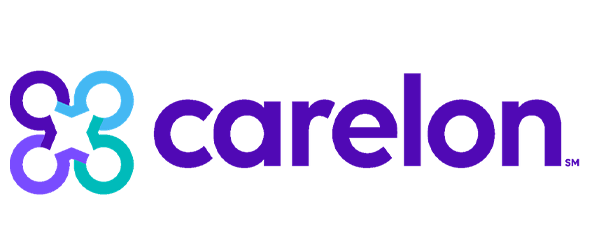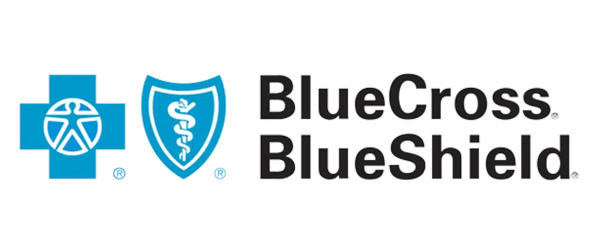Sober Living
Sober living programs offer safe and secure housing for those in early recovery from addiction. Creekside Recovery Group provides sober living options for clients in outpatient treatment.
Jump to Sections
- What is a Sober Living Home?
- Who Can Benefit from a Sober Living Home?
- Creekside Recovery Network’s Sober Living Homes
- Sober Living Homes vs. Halfway Houses
- The History of Sober Living
- What are the Rules of Sober Living Homes?
- How Much Do Sober Living Homes Cost?
- How to Pick The Right Sober Living Home
- Other Services Offered with Sober Living
- Find a Sober Living Home Near You
What is a Sober Living Home?
A sober living home is a supportive, drug-free residence. Though each sober living home has its own admissions requirements, these types of residences are usually designed to benefit adults who meet one of the following two criteria:
- Are currently receiving addiction treatment through a partial hospitalization program (PHP) or an intensive outpatient program (IOP).
- Have recently completed an addiction program, either have a job or are seeking employment, and are working to make a successful transition out of treatment.
Typically located in quiet residential neighborhoods, sober living homes are comfortable and welcoming spaces where people can take important steps on the path toward long-term recovery.
Sober living homes typically have rules that residents much follow to ensure the safety and support the recovery efforts of all who are living in the home. We will discuss these rules in a later section on this page.
Who Can Benefit from a Sober Living Home?
In addition to meeting the general criteria mentioned in the previous section, people who have the following needs may be ideal candidates for a sober living home:
- Do not have stable and supportive living arrangements
- Have an elevated risk of relapse without appropriate support
- Have not developed a reliable and effective personal support network
- Are likely to be exposed to substance abuse at home
For help determining if you or someone that you care about can benefit from a sober living home, please contact Creekside Recovery Center directly at your convenience. A member of our team will be happy to answer all your questions and help you make the best decision for yourself or on behalf of a loved one.

Creekside Recovery Network’s Sober Living Homes

IOP in Georgia
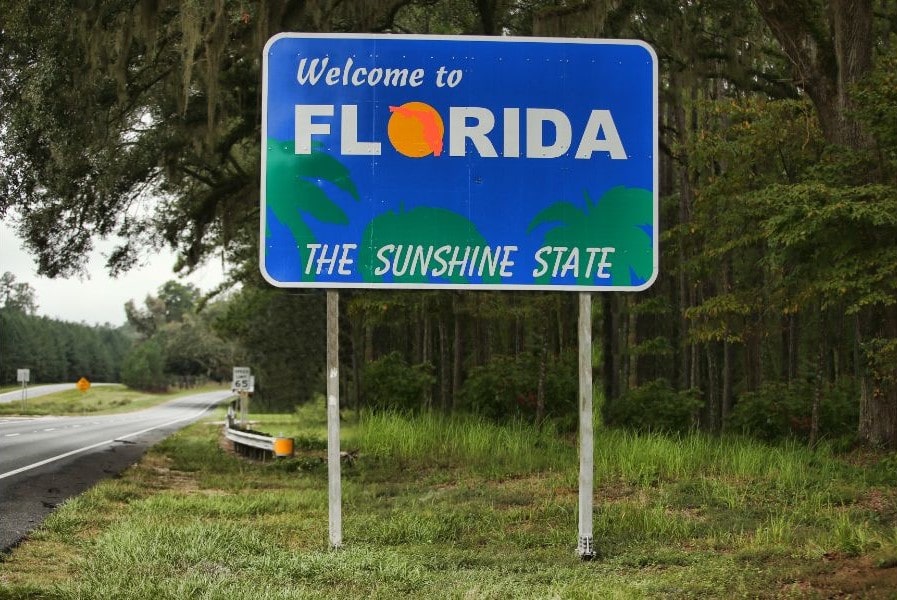
IOP in Florida
Sober Living Homes vs. Halfway Houses
Sober living homes are sometimes also referred to as halfway houses. Though these two environments share certain similarities, there are some key differences between sober living homes vs. halfway houses.
Perhaps the most significant difference between these two types of residences is that halfway houses often house people who are returning to their community after a period of incarceration. Many of these individuals are also struggling with addictions to alcohol and other drugs – but their residence in a halfway house is often directly related to their incarceration, and it may be a condition of their parole.
When you are searching for a sober living home, please note that the terminology that is used to describe these living environments can vary from place to place. In some locations, a halfway house may be the same thing as a sober living home, while in other areas the two are distinctly different. Don’t be afraid to ask questions and do your research, so that you are certain that you have selected the ideal place for yourself or your loved one.
The History of Sober Living
Some of the earliest examples of what we would now recognize as sober living homes were established in the 1940s, when a group of Alcoholic Anonymous members began to create what they described as 12-Step residences for people who were working to maintain their sobriety.
These early 12-Step houses were located in economically deprived areas, but during the 1940s and 1950s property in more inviting neighborhoods began to become available. Most of the sober living houses at this time were privately owned by one or more AA members. They were not linked formally or informally with any treatment centers or programs.
In the 1970s, as addiction treatment philosophies shifted, more people began to participate in outpatient programming. The 1970s were also a period of de-institutionalization, when people who had previously been confined to long-term facilities for mental and behavioral health concerns were released back into the community. These developments increased the need for supportive environments where patients could reside when they were not participating in treatment.
Today, sober living homes play a vital role in the effort to provide a comprehensive network of services and support for people who are working to recovery from addictions to alcohol and other drugs.
What are the Rules of Sober Living Homes?
Every sober living home will have its own rules, policies, and procedures. The rules of sober living homes typically include expectations such as the following:
- Residents, staff, and guests are forbidden from bringing any addictive substances into the house.
- Residents are required to complete random screenings to confirm that they have not used alcohol or other drugs.
- Residents may be required to have a job, be actively seeking employment, be participating in an approved outpatient drug treatment program, or otherwise engaged in a healthy and productive activity during the day.
- Participation in counseling or therapy sessions may be mandated in some sober living homes.
- Most sober living homes have curfews, which means that all residents must be in the house by a certain time at the end of the day.
- Some sober living homes require residents to be awake and out of their rooms by a certain time.
- Completing certain assigned household chores may be required.
Penalties for failing to adhere to stated expectations may include warnings, loss of privileges, or eviction from the home. Before a resident enters a sober living home, a representative will explain the home’s requirements and answer any questions that the new resident has.
How Much Do Sober Living Homes Cost?
The cost of a sober living home can vary according to factors such as the following:
- The size and location of the home
- The types of support services that are offered at the home
- The living arrangements and amenities that the home provides
A sober living home that provides meals, counseling, and other services for residents is likely to cost more than a location that does not provide these types of benefits. Home with more luxurious resident rooms and common spaces may also cost more, as may homes that are located in certain communities.
Determining the cost of a sober living home is an important step in finding the place that’s right for you. Most insurance plans do no cover sober living homes, so residents are typically required to pay rent from their personal funds.
Find Help Now.
At Creekside Recovery Group, we believe that long-term recovery is possible. Our practical programs can help you and a loved one
How to Pick The Right Sober Living Home
If you have been researching sober living homes, you may already realize the scope of options that are available to you. Getting answers to the following types of questions can help you pick the right sober living home for you:
- Does each resident have their own room?
- Does the sober living home offer counseling, job search support, or other services?
- Is the sober living home close to your job or treatment program?
- Does the sober living home offer transportation?
- Is the sober living home a gender-specific or coed environment?
- Does the sober living home support residents who have mental health needs?
- What are the sober living home’s rules for residents?
- Is there a minimum or maximum required stay at the sober living home?
- How many residents can live in the home at the same time?
- How many staff members are present in the house at the same time?
- How much does it cost to live at the sober living home?
- Does the sober living home feel like a place where you’d like to live?

Other Services Offered with Sober Living
When you first begin to search for a sober living home, you may primarily be motivated by a desire to find a safe, drug-free place to live. Keeping you safe is, of course, an essential service. But many sober living homes also offer other services, such as the following:
- Meals
- Maid services
- Laundry
- On-site house manager
- Job search assistance
- Educational support
- Therapy and counseling
- On-site 12-step meetings
- Transportation

Medically Reviewed
Erika Dalton, LMSW
Erika Dalton, LMSW is a Licensed Master Social Worker and Director of Quality Control at Creekside Recovery Group
Facility Image Gallery
Find a Sober Living Home Near You
Creekside Recovery Network provides sober living homes at several convenient locations for adults who are working to recovery from addictions to alcohol and other drugs. Our sober living homes are safe and supportive spaces where residents can build a foundation for long-term success. To find the ideal sober living environment for yourself or a loved one, please contact us today.

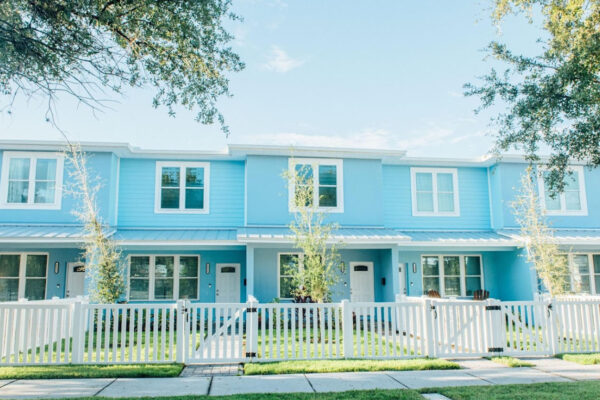


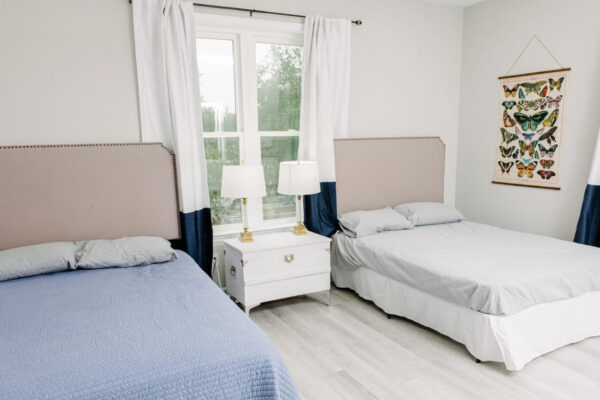

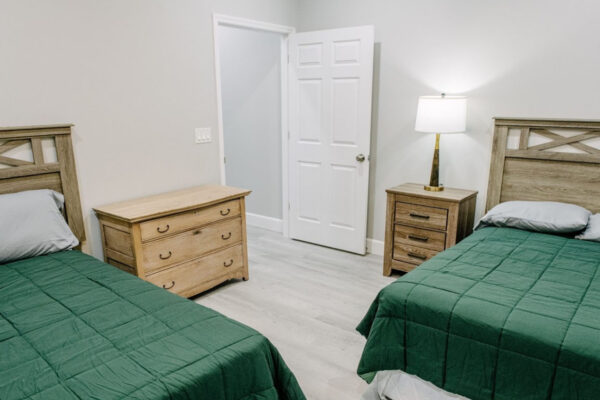
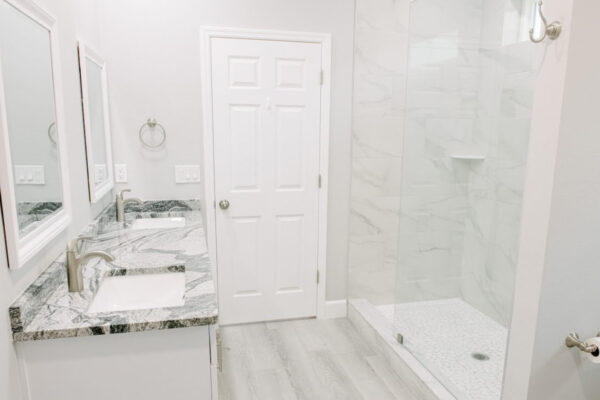
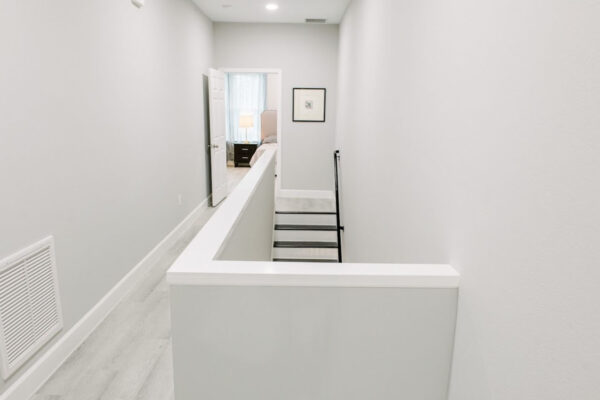
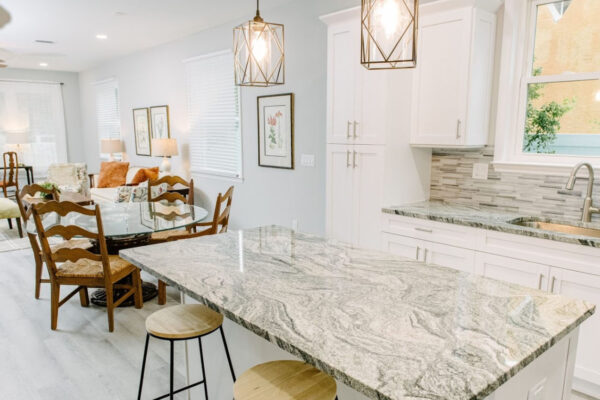
 Now that I have completed my successful journey here I would like to say that throughout it I was treated with nothing but respect. To take that a step further, I felt as if I was being treated by family.
Now that I have completed my successful journey here I would like to say that throughout it I was treated with nothing but respect. To take that a step further, I felt as if I was being treated by family.
